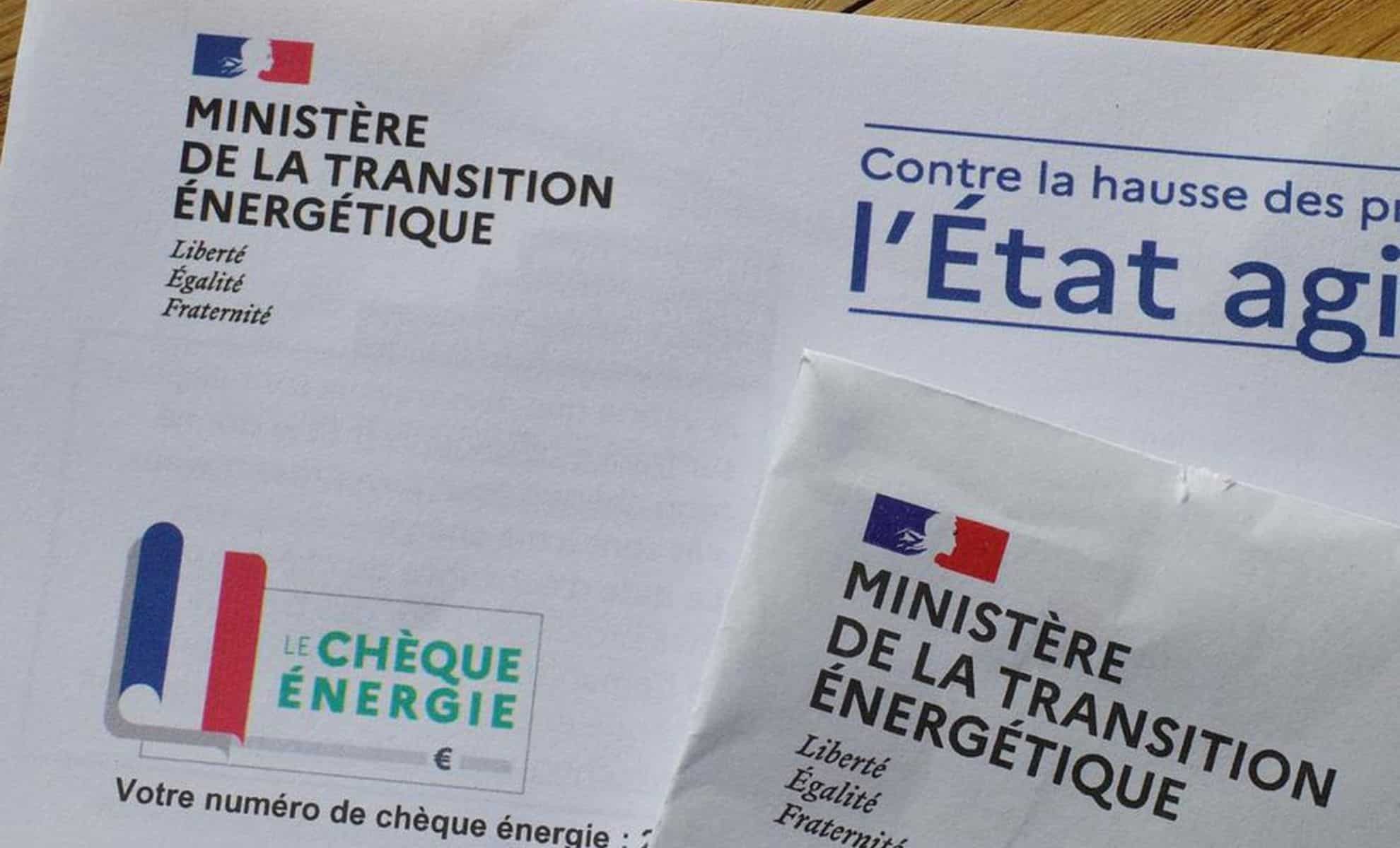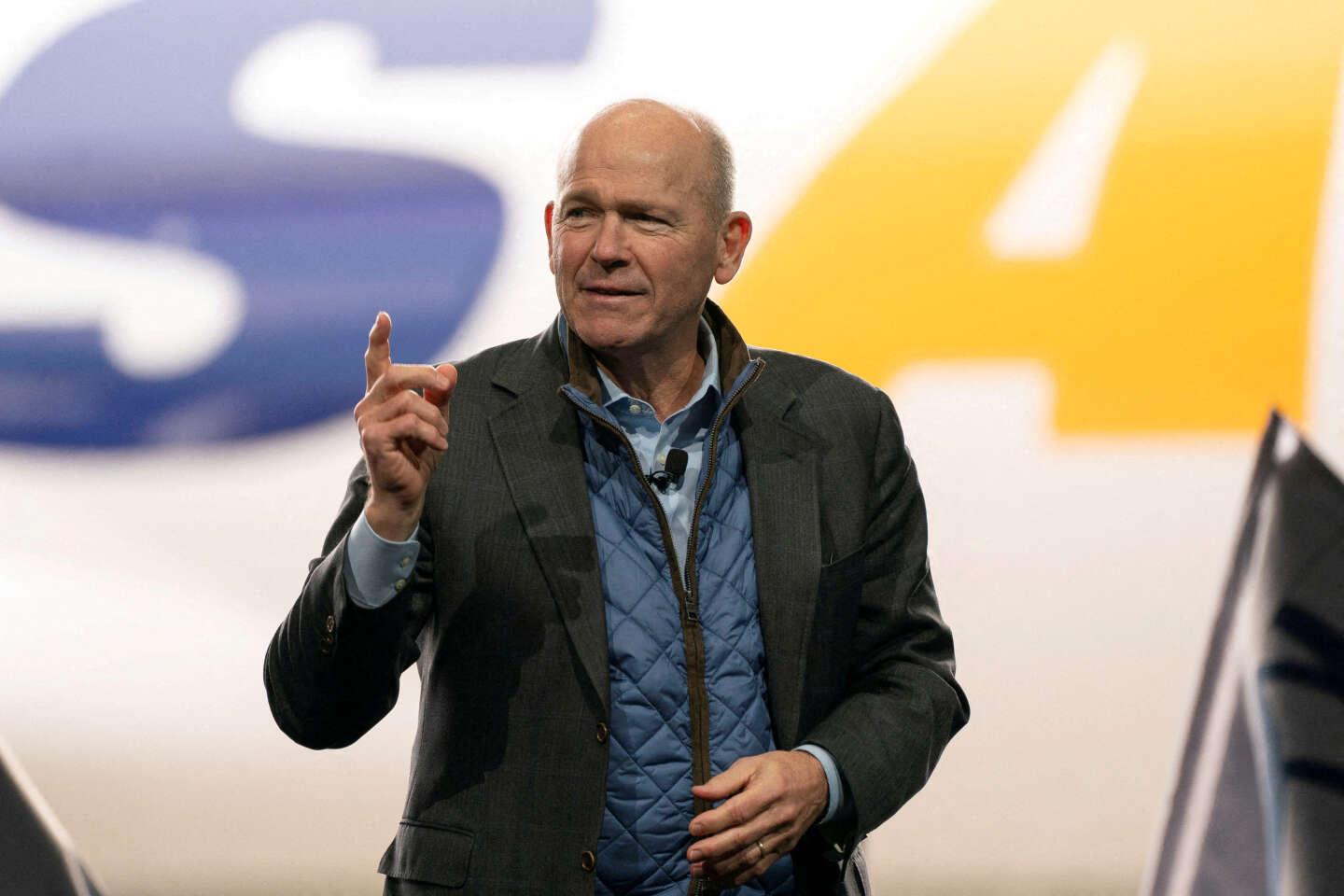Where does the best 2% inflation come from?

When it comes to inflation, 2% is the target number. US, Europe and UK All are trying to get there by following a delicate path between rate hikes to slow growth and cuts to boost it. But do you know where the 2% figure comes from and why it is considered the best compromise when it comes to inflation?
This 2% objective appeared in New Zealand in the late 1980s through a combination of circumstances. In a television interview, New Zealand’s Finance Minister Roger Douglas was asked about the country’s high inflation rate. He said “it would be better at 0-1%”, pushing the central bank to set an official target, when it never had before.. With rounding to account for upward bias, and a little extra wiggle room for good measure, the 2% target was born.
What this goal lacked in academic credibility it made up for in impact. In 1989, New Zealand’s inflation rate was 7.6%, but by 1991 it was 2%, prompting other economies to become concerned.
In 1992, the Bank of England began targeting inflation levels of 1–4% until the 2% target was officially implemented in 2003.
In the United States, Federal Reserve Chairman Paul Volcker (1979–1987) and his successor, Alan Greenspan (1987–2006), both favored inflation between 0 and 1%, but Ben Bernanke ultimately adopted the view that a higher target would make inflation possible. . The Federal Reserve will take more action during a recession. The United States officially adopted it in January 2012.
In Europe, a “low but close to 2%” rate has followed since 2003, but the European Central Bank officially adopted a target of only 2% in July 2021.
Given this unscientific story, the question of whether 2% is really the best figure remains open. Perhaps the most timely question is: “Do we really need to get to 2%?” I would say no – we expect the rate cut to be implemented when inflation approaches the 2.5% to 3% range. It is important that central bankers are not too belligerent and keep rates too high for too long, as this could return us to the environment we experienced before the Covid crisis, where inflation was stuck around 0% and where there was a Japanese-style scare. . The deflationary spiral was present in everyone’s mind.
All economies need inflation to support growth and reduce the real cost of the large debt burden that most countries currently carry. A recent rise in geopolitical tensions, particularly around supply routes through the Red Sea, raises the risk of supply chain disruptions, which could lead to a rise in inflation. This comes as financial conditions are easing, as evidenced by the rise of cryptocurrency and AI-related businesses, which allow consumers to enrich themselves. Inflation is likely to remain somewhat around current levels unless wages and employment weaken.
We think 2% is a reasonable target, but it should be remembered that central banks should not stick to this target without considering other factors. While the market is currently thinking about “no landing”, with accompanying enthusiasm, there is still a real risk that pursuing a “high for a long time” objective with a view to reaching 2% could lead to economic losses. We have avoided it so far.

:quality(70):focal(2414x2711:2424x2721)/cloudfront-eu-central-1.images.arcpublishing.com/liberation/2NKSUWLTHZA7JESV2NEPJ6FFLQ.jpg)



